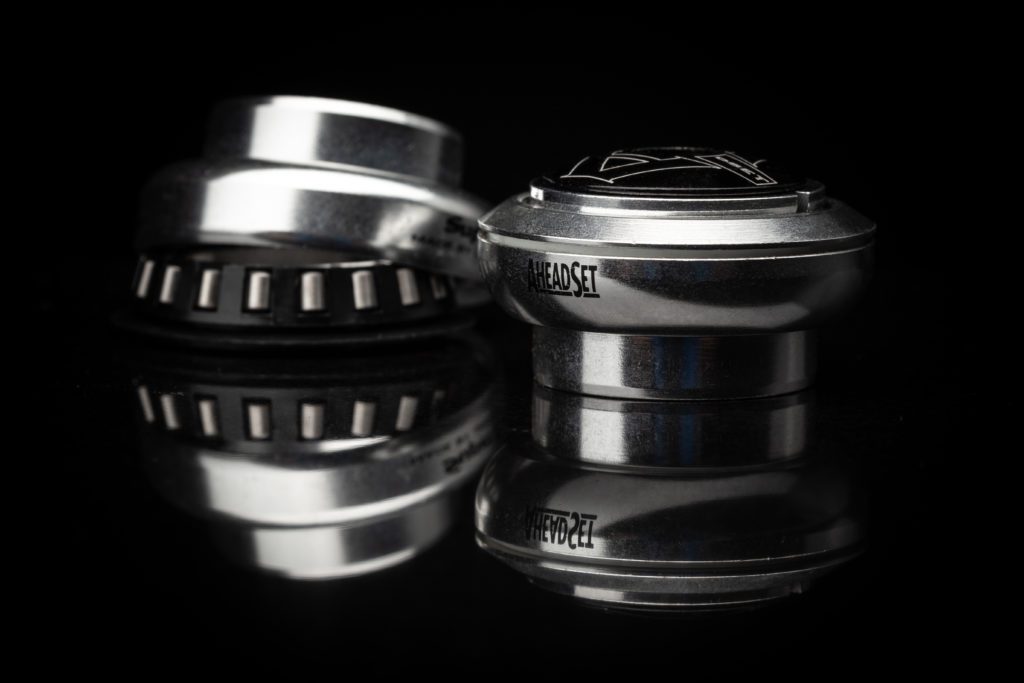

May 2022
Who brought to market the threadless headset that revolutionized bike design in 1992 and continues to this day? What company once produced the original Rock Shox RS1, the first widely available suspension fork for mountain bikes? Who once owned Onza, offered one of the first MTB disc brakes, and started making mountain bike shocks in 1995? What American bicycle component brand can trace its lineage back to 1930? There is one answer to all of these questions: Cane Creek Cycling Components.
The world is a big place and Cane Creek Cycling Components is a small company. We at Cane Creek know this, but we are always surprised when riders come up to us at Sea Otter (last month), during Gran Fondo Hincapie-Chattanooga (last weekend), or on the trail at Bent Creek (yesterday) and say that they have never heard of us. Or at least they say that they did not know we make titanium cranks, road bike parts, or are headquartered in Asheville, NC. We tend to expect that forty-six years of non-stop bicycle products leaving the same building for millions of bikes around the world would make us a bit better known. In an effort to change that a little, this Being Frank will summarize our history from a 1975 Japanese subsidiary to the employee-owned company we are today.
The legendary Japanese brand Dia-Compe started producing brakes for bicycles in 1930. Following the 1973 Gas Crisis when demand for bicycles doubled overnight, Dia-Compe built a factory in Fletcher, North Carolina in 1975. In the 70s Dia-Compe supplied brakes for 10-speeds with drop bars and for 3 and 5-speeds with upright bars. In the 80s Dia-Compe was a leader in BMX brakes and levers. Then its cantilever brakes and levers were found on early mountain bikes. In 1989 Dia-Compe produced for Rock Shox the RS1 mountain bike suspension fork.
The U.S. and Japanese teams had diverging views of where to take the Dia-Compe brand, so in 1992 ownership changed to U.S. hands, and the company name was tweaked to Dia-Compe USA. Also in 1992 the Aheadset became the first Dia-Compe USA-developed product. This invention single-handedly moved bicycle design from threaded steerer tubes with quill stems to threadless steer tubes combined with clamp-on stems for easier and reliable adjustment. 1994 saw Dia-Compe introduce one of the first modern disc brakes for mountain bikes – fortunately it was not the last!
The creation of the AD-4 rear shock in 1995 highlighted the divergence with Dia-Compe’s traditional product and carried the new Cane Creek brand denoting being born and bred in the USA. A year later the company changed its name from Dia-Compe USA to Cane Creek Cycling Components. In 1997 Cane Creek entered the wheel business, building premium wheels for nearly all cycling disciplines for a dozen years. Before the end of the 90s Cane Creek converted into an employee-owned company (actually an ESOP), and the Thudbuster seat post was added to the stable of products offered.
Swedish brand Ohlins, known for its premium moto suspension, was interested in applying its revolutionary twin-tube damper technology to mountain bike shocks and partnered with Cane Creek to make it happen. The first Double Barrel (DB) shock was released in 2012, and the same technology continues to live on in DB IL and DB Kitsuma shocks. 2014 saw the introduction of the DB Inline rear shock. This shock was spec’d on thousands of Specialized bikes, along with other brands, and gave Cane Creek great exposure. Unfortunately, the DB Inline was brought to market prematurely and many shocks had problems.
Despite grand expectations of taking over the suspension world, Cane Creek lost customers, business, and money in 2015. The fallout from the DB Inline shock nearly put Cane Creek out of business. With poor understanding of changing market conditions, particularly the loss of OEM business, Cane Creek entered 2016 forecasting significant sales growth. But sales actually declined and Cane Creek experienced another year of losses.
But Creekers are a tough breed and were determined to right the ship. Much change was required to save the company, and it started with intense focus on developing new product – as it always should. After several years of introducing about one product per year, seven were introduced in 2016, thirteen in 2017, and eighteen in 2018. In the last five years Cane Creek averaged thirteen new products a year which included eeWings, Kitsuma, Helm, eeBrakes, all-new Thudbusters, Hellbender headsets and bottom brackets, and eeSilk posts among others. We also revised our product strategy. Instead of focusing only on suspension, we expanded to include all cycling components to the extent they incorporated our DNA of: Authenticity, Craftsmanship, and Alternative.
We partnered with Craig Edwards, creator of the icon Sweet Wings of the 90s to take the reins of his eeBrakes and co-develop the eeWings. Beyond product, we created a formal product management process, built a supply team and forecasting system, established an inside sales group, and turned nearly everything inside-out looking for improvement. The silver lining of Cane Creek’s near-death experience was that it forged a can-do, solution-oriented, agile attitude that has enabled the company to outpace its industry, excel during the Pandemic, increase our workforce by 30%, and grow our business to two-and-a-half times what it was six years prior.
So, there you have forty-six years distilled into nine-hundred words. Needless to say, there’s a lot more to this story, and we expect to add many more chapters.
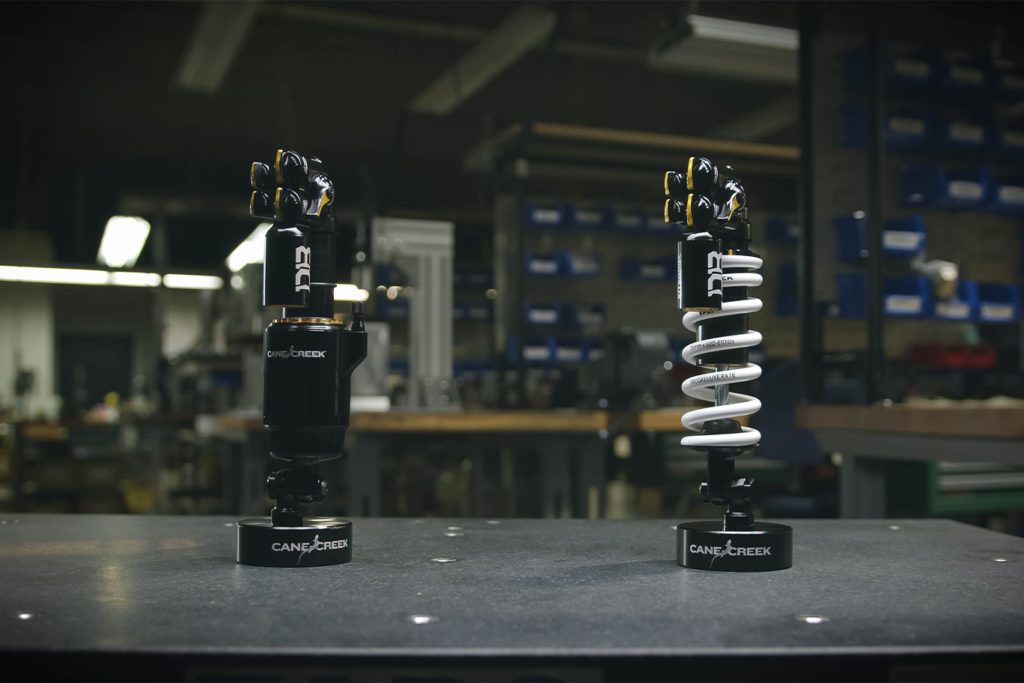
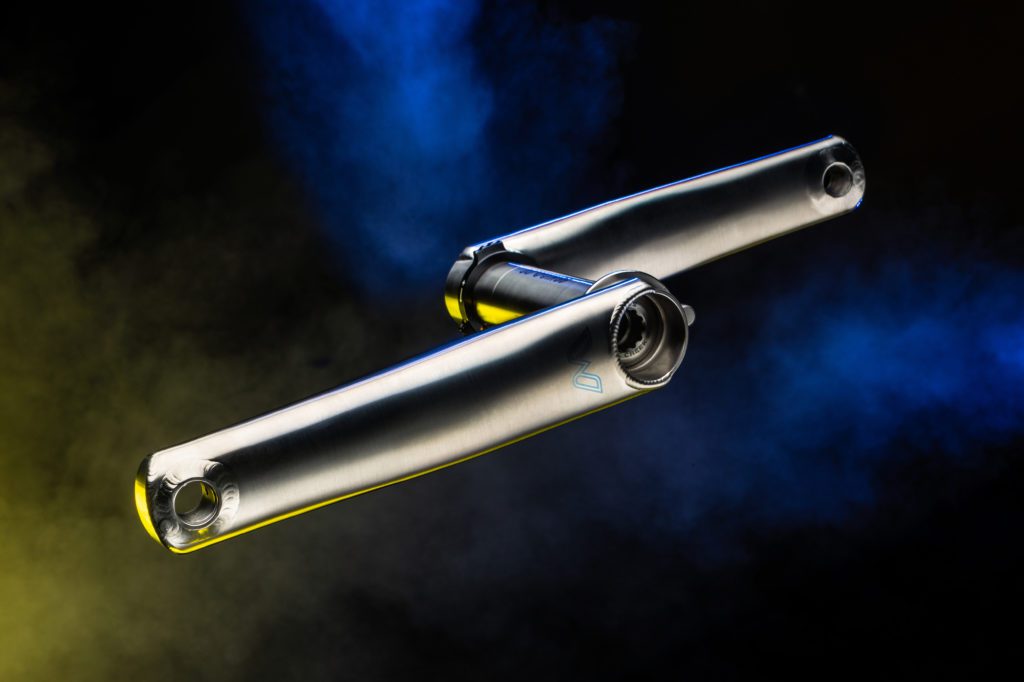
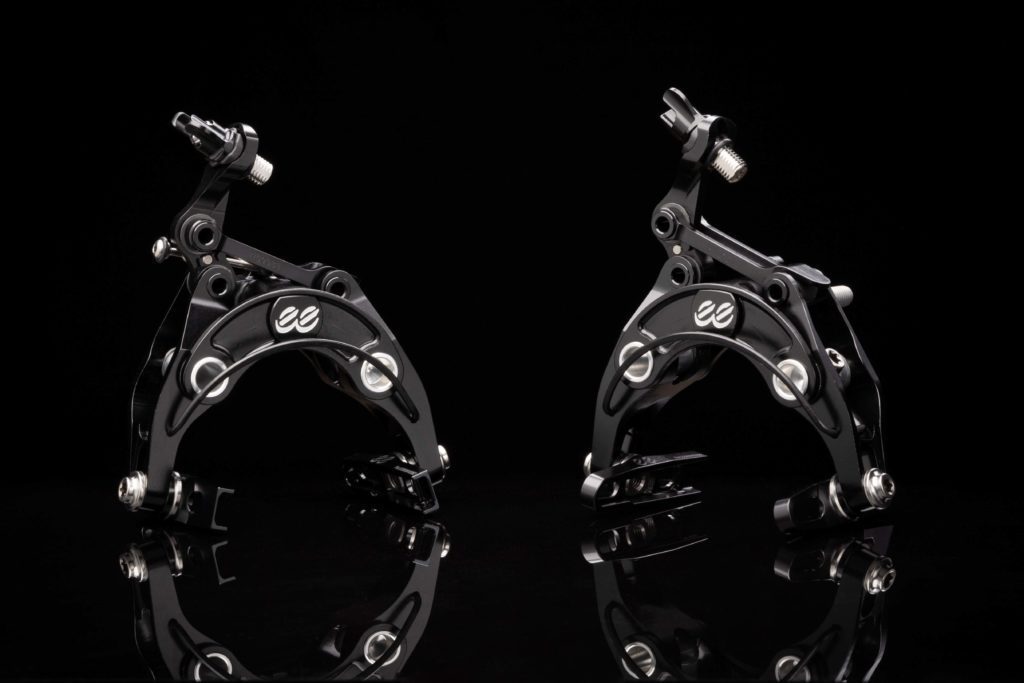
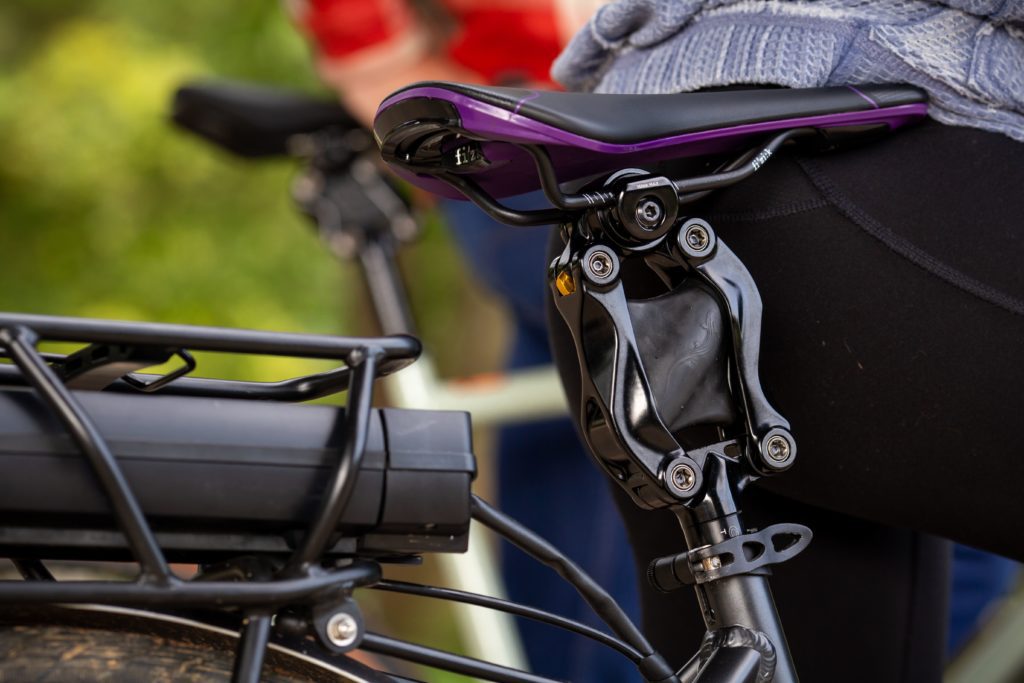

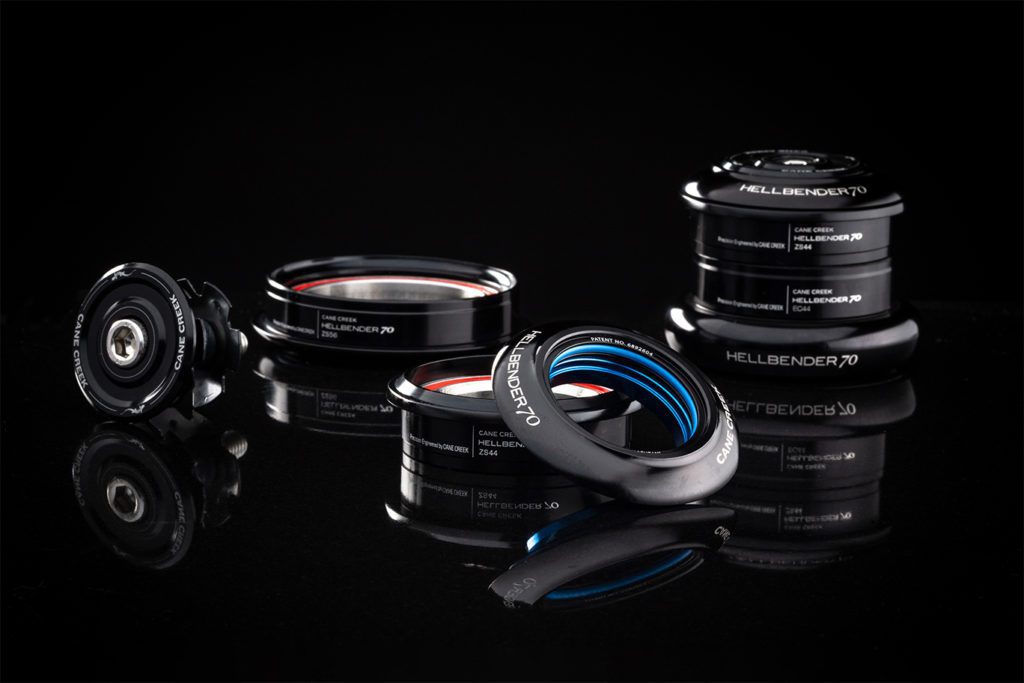
Monday: 10:00 am – 5:00 pm
Tuesday – Thursday: 10:00 am – 5:00 pm
Friday: 10:00 am – 5:00 pm
Saturday – Sunday: Closed